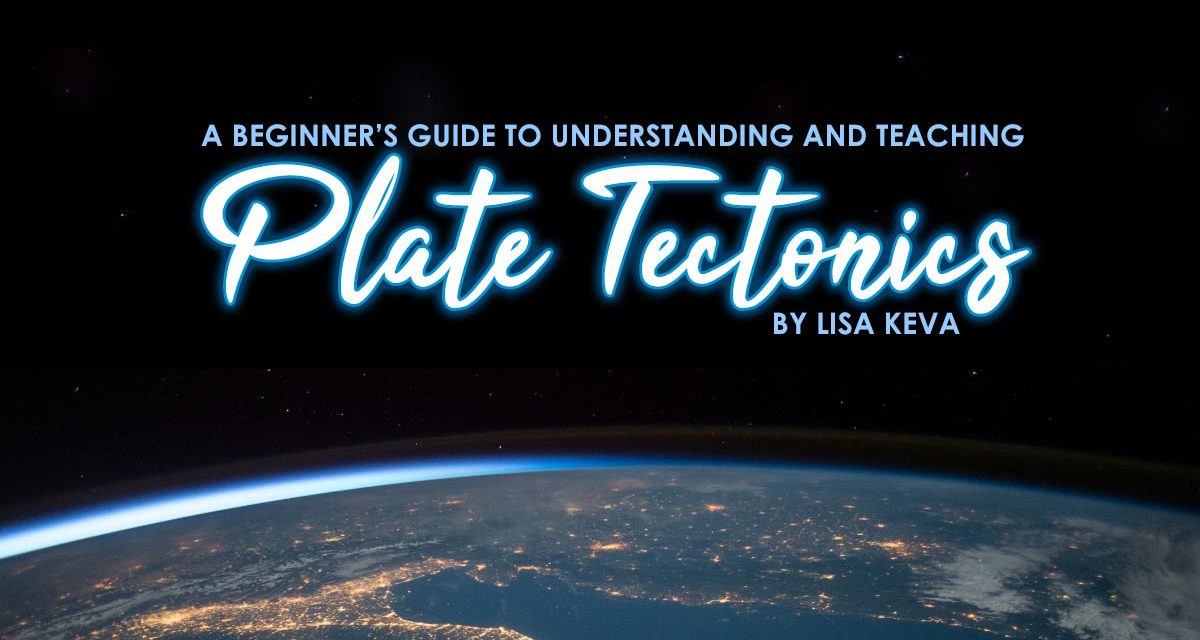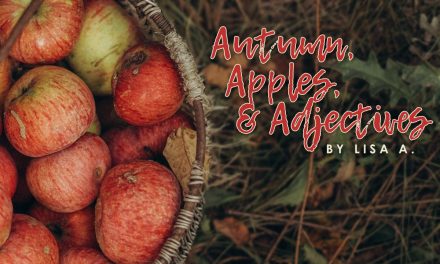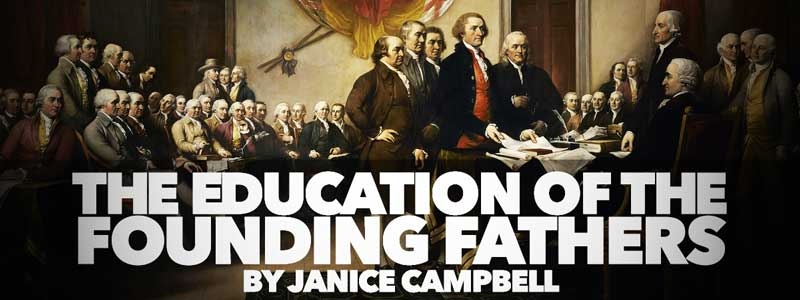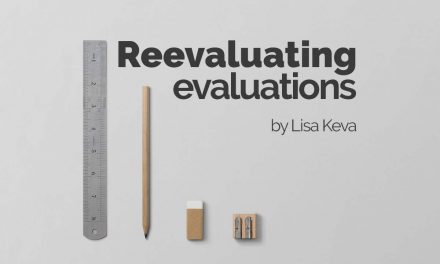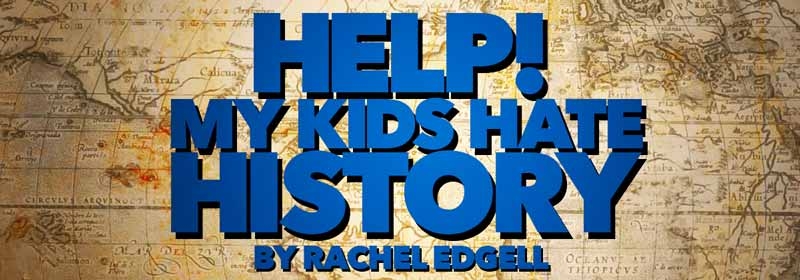Have you ever wanted to learn more about the fascinating way the Earth moves and changes by way of plate tectonics but found it too difficult to read and understand? Want to teach your children but don’t know where to start? Here is a beginners guide to help you understand plate tectonics by way of learning the three basic boundaries and how they move.
Let’s start with a riddle. What’s made of rock and can slide over the face of the earth? The answer is a tectonic plate. What is a tectonic plate? A tectonic plate is a huge, irregularly shaped slab of solid rock, generally composed of both continental and oceanic lithosphere. Lithosphere is another word for the crust and mantle of the earth.
There are two types of crust, Oceanic and Continental. Oceanic crust is generally composed of basaltic rocks, which are much denser and heavier. Continental rocks are much lighter and much thicker. Now that you know a little bit about the lithosphere, let’s talk about the three types of ways these plates can move.
The first is called a divergent boundary. This occurs when two tectonic plates move away from each other. Along these boundaries, earthquakes are common and magma, which is molten rock, rises from the Earth’s mantle to the surface. When it cools and hardens it creates new oceanic crust. The deep Mid-Altantic Ridge is an example of this type of boundary.
The second is known as a convergent boundary. This happens when two plates come together. The impact of these colliding plates can cause the edges of the plates to fold and buckle up into mountain ranges. Or, one of the plates may bend down into a deep seafloor trench. A chain of volcanoes often forms near these convergent plate boundaries. Powerful earthquakes frequently occur as well. The Juan De Fuca plate under the Cascade Mountains in Oregon is an example of this type of boundary.
The third-way plates move is when two plates slide past each other. This forms a transforming plate boundary. Natural or man-made structures that cross these boundaries are split into pieces and carried in opposite directions. Many, but not all, transforming plates are found in the ocean. The San Andreas Fault is an example of this type of boundary.
By studying the three types of plate movement, divergent, convergent, and transform plate boundaries, we can observe that the land is constantly changing. As these crusts move and collide, new mountains are built, deep trenches are formed, and parts of the landscape forever changed. While there is destruction from earthquakes and volcanoes, new islands are also created from this activity.
Check out other Earth Science resources at Rainbow Resource Center!

